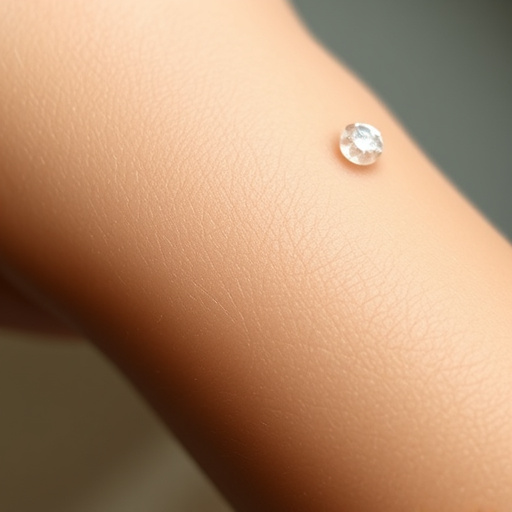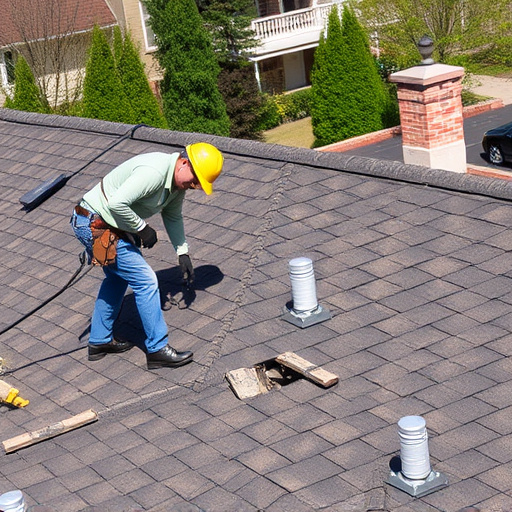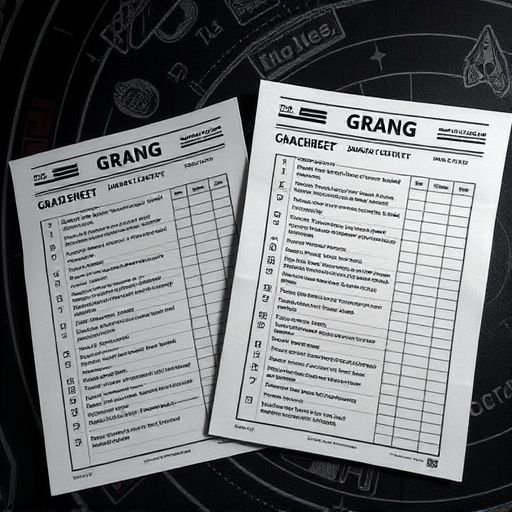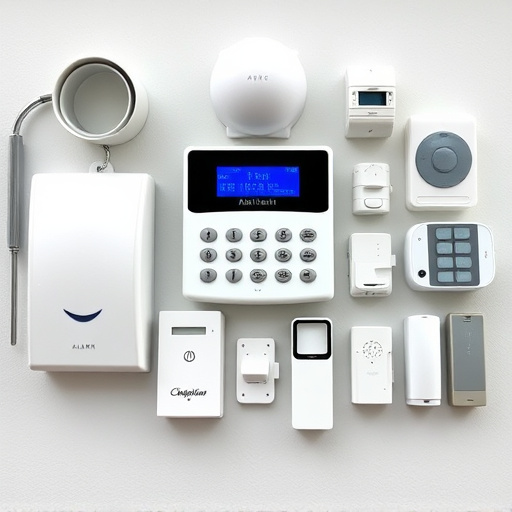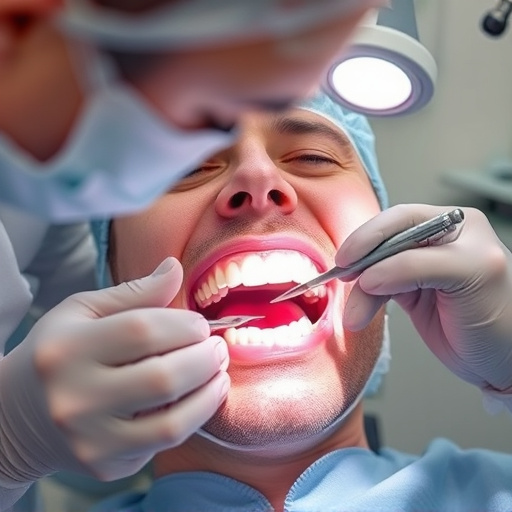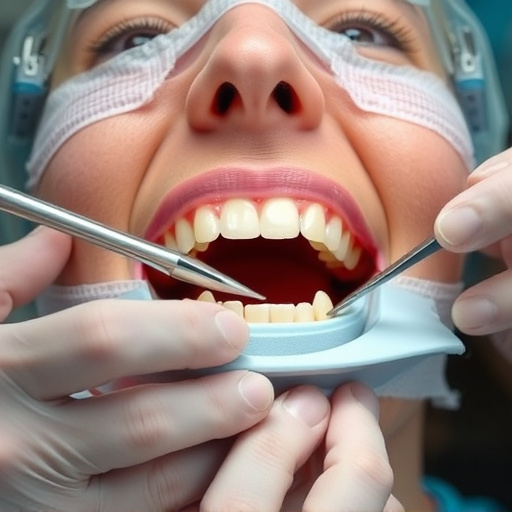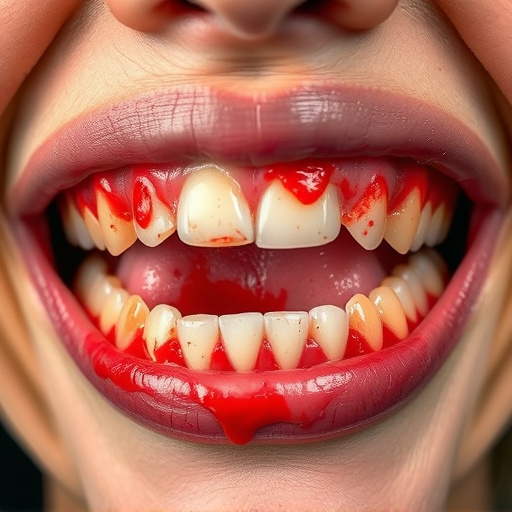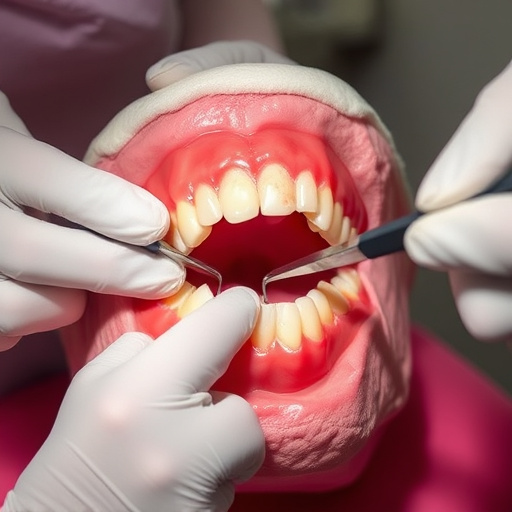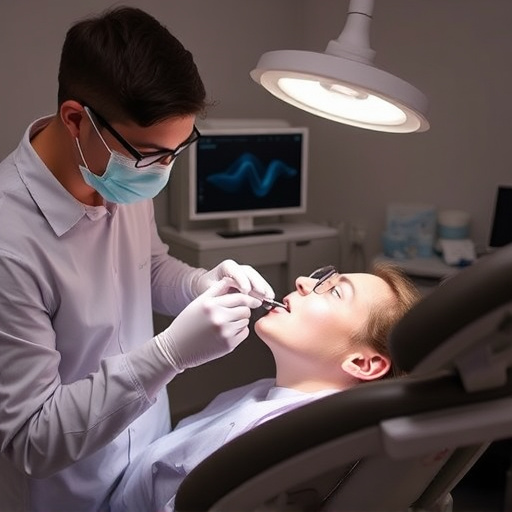Dental bridge replacement utilizes advanced technologies like digital imaging and 3D printing for precise, custom-fitted bridges, reducing treatment time and discomfort compared to traditional methods. Offered by general dentistry practices as part of comprehensive oral care, these restorations enhance aesthetics and oral health with minimal maintenance required compared to individual crowns or implants.
Dental bridges have long been a solution for missing teeth, but with advancements in technology, the procedure has seen remarkable transformations. This article explores how modern dental practices are enhancing the dental bridge replacement process through cutting-edge technology. We’ll delve into the steps involved, the benefits of new precision tools, and considerations for those contemplating this treatment. Discover how these innovations offer more natural-looking results and improved comfort.
- Understanding Dental Bridge Replacement Process
- Latest Technologies for Enhanced Precision
- Benefits and Considerations: Modern Approach
Understanding Dental Bridge Replacement Process
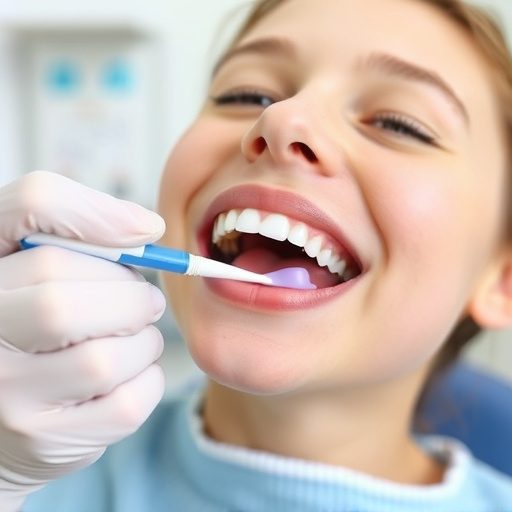
Dental bridge replacement is a procedure that restores a missing tooth or teeth, providing both aesthetic and functional benefits. It involves crafting a custom-made bridge—a tooth-like structure—that seamlessly fits over existing healthy teeth, serving as a strong and stable replacement for the lost ones. This process begins with an initial consultation where the dentist evaluates oral health and discusses patient expectations. Advanced dental technology plays a significant role in ensuring precision and comfort during this procedure.
Through digital imaging and 3D printing, dentists can create precise models of the mouth, allowing for the design of custom bridges that fit perfectly. This minimizes the need for multiple fittings, reducing the time and discomfort associated with traditional methods. General dentistry practices often offer dental bridge replacement as a comprehensive solution, paired with regular dental cleanings to maintain optimal oral health and ensure the longevity of these restorations.
Latest Technologies for Enhanced Precision
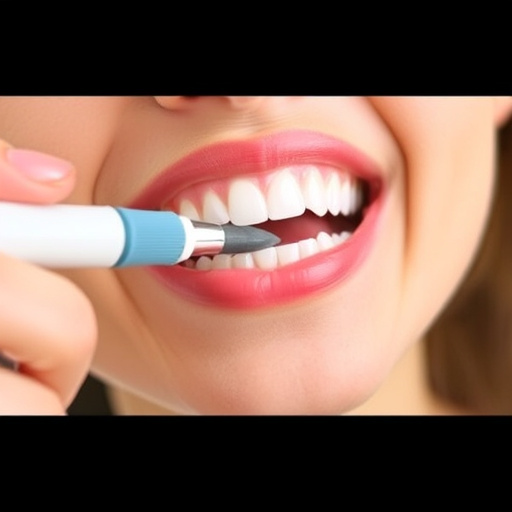
The latest dental technologies have significantly enhanced the precision and effectiveness of dental bridge replacements. Digital imaging and 3D printing allow for highly accurate models of the jaw, ensuring a perfect fit for the new bridge. This advanced technology not only improves the overall success rate but also reduces the time required for the procedure.
Additionally, these innovations enable dentists to offer more personalized solutions. For instance, clear aligners can be used in conjunction with dental bridges for patients requiring minor adjustments or emergency dental care. This versatile approach ensures that patients receive tailored treatment, combining traditional expertise with modern technology to deliver optimal results after dental cleanings.
Benefits and Considerations: Modern Approach
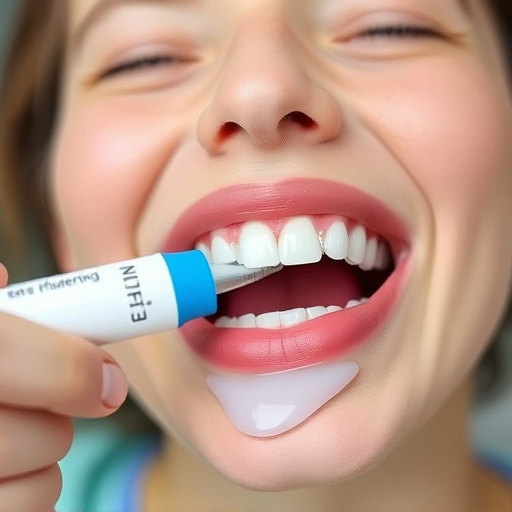
Dental bridge replacement offers a modern approach to restoring your smile and dental function. One of the key benefits is its ability to provide a long-lasting solution for missing teeth, enhancing both aesthetics and oral health. With advanced technologies like 3D imaging and computer-aided design (CAD), dentists can create highly precise bridges that fit perfectly, ensuring comfort and a natural look. This method also preserves the surrounding healthy teeth by avoiding the need for extensive root canal treatments or dental implants in some cases.
Considerations when opting for dental bridge replacement include maintaining good oral hygiene to prevent plaque buildup under the bridge. Regular routine oral exams and family dentistry visits are crucial to ensure the long-term success of this procedure. Additionally, while dental bonding can be used as a supportive material, it’s important to note that bridges require less maintenance compared to individual crowns or implants. This makes them an attractive option for those seeking a practical yet aesthetically pleasing solution in dental restoration.
Dental bridge replacement, aided by the latest dental technology, offers enhanced precision, improved comfort, and lasting results. By understanding the advanced techniques available and considering their benefits, patients can make informed decisions about their oral health. Modern approaches to dental bridge replacement ensure a more natural look and feel, revitalizing smiles while preserving nearby teeth and gum tissue.


